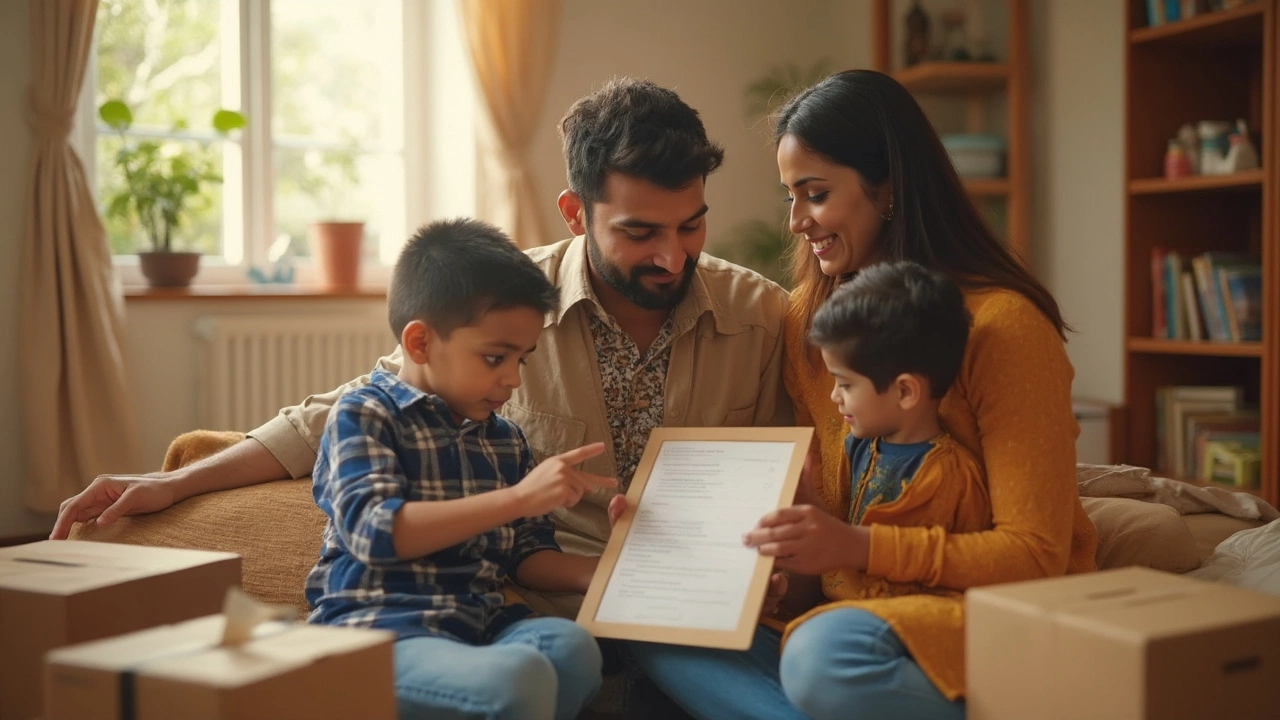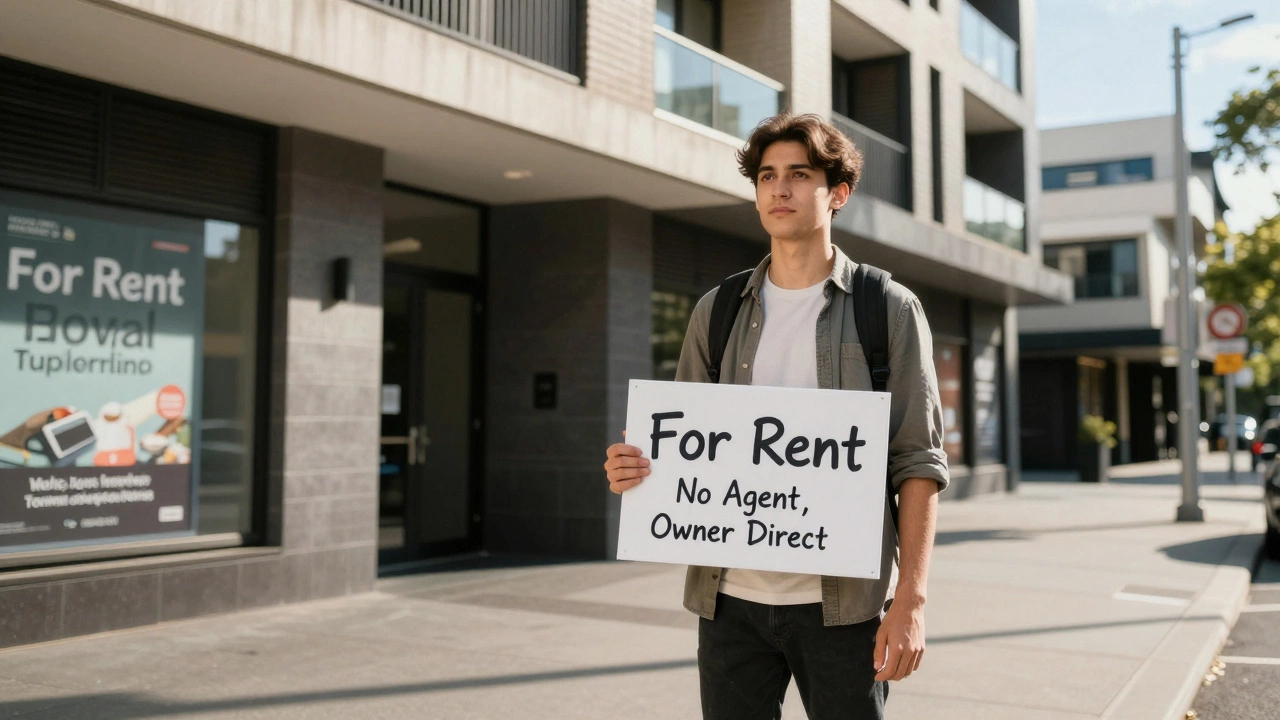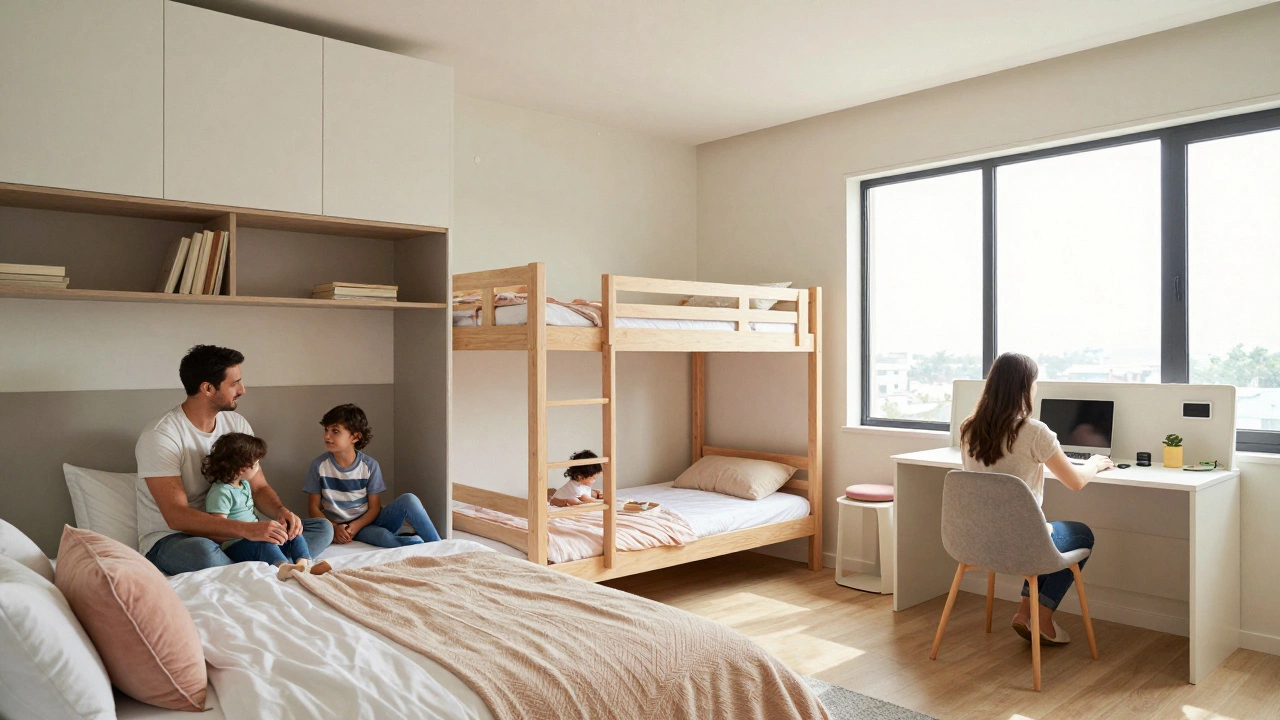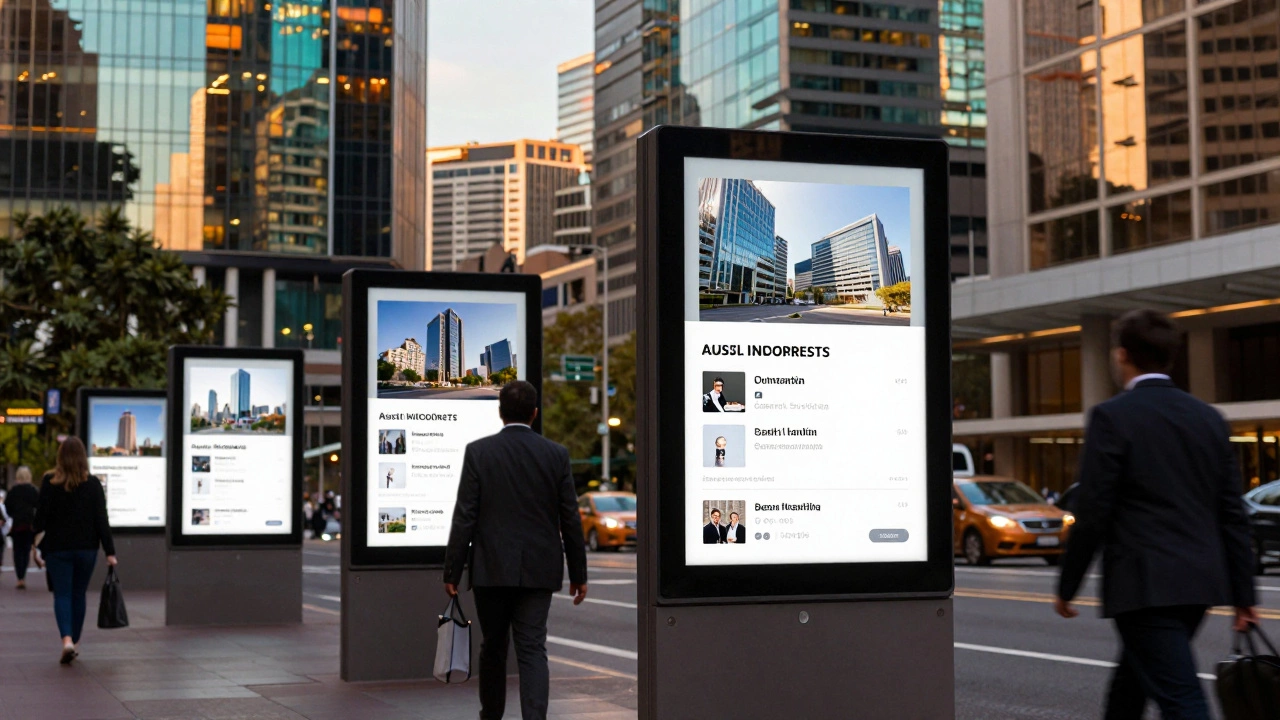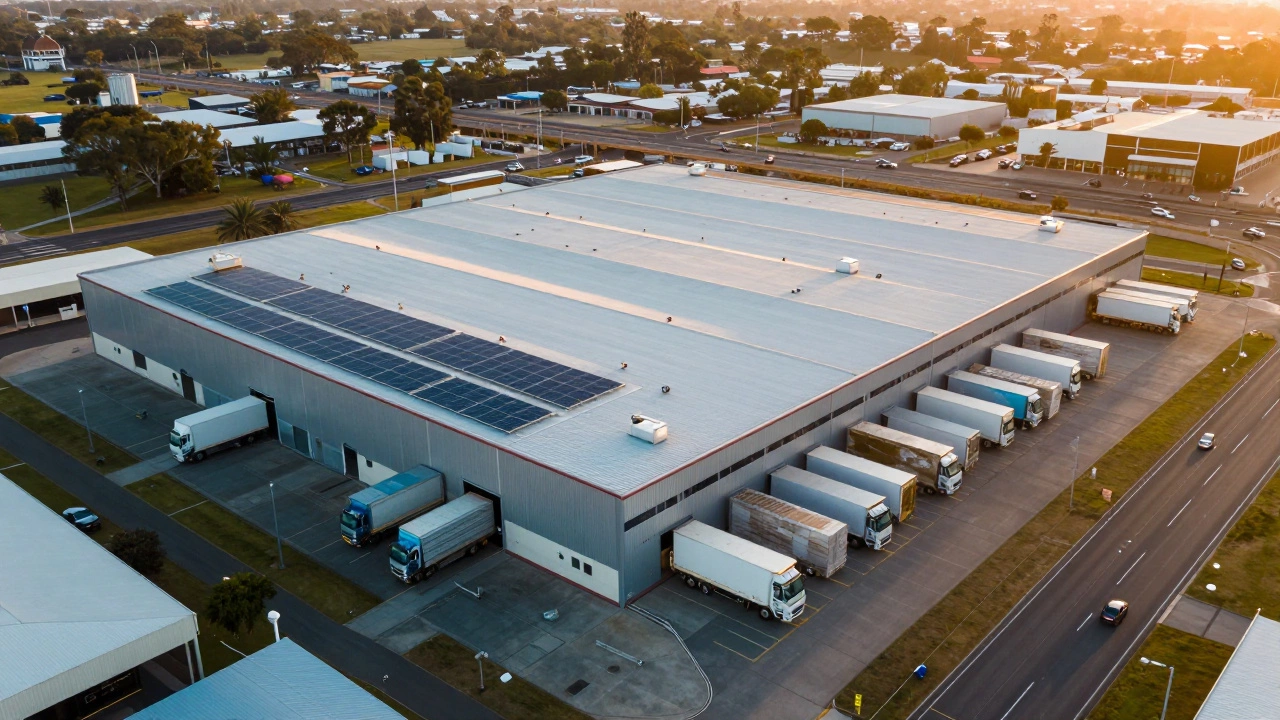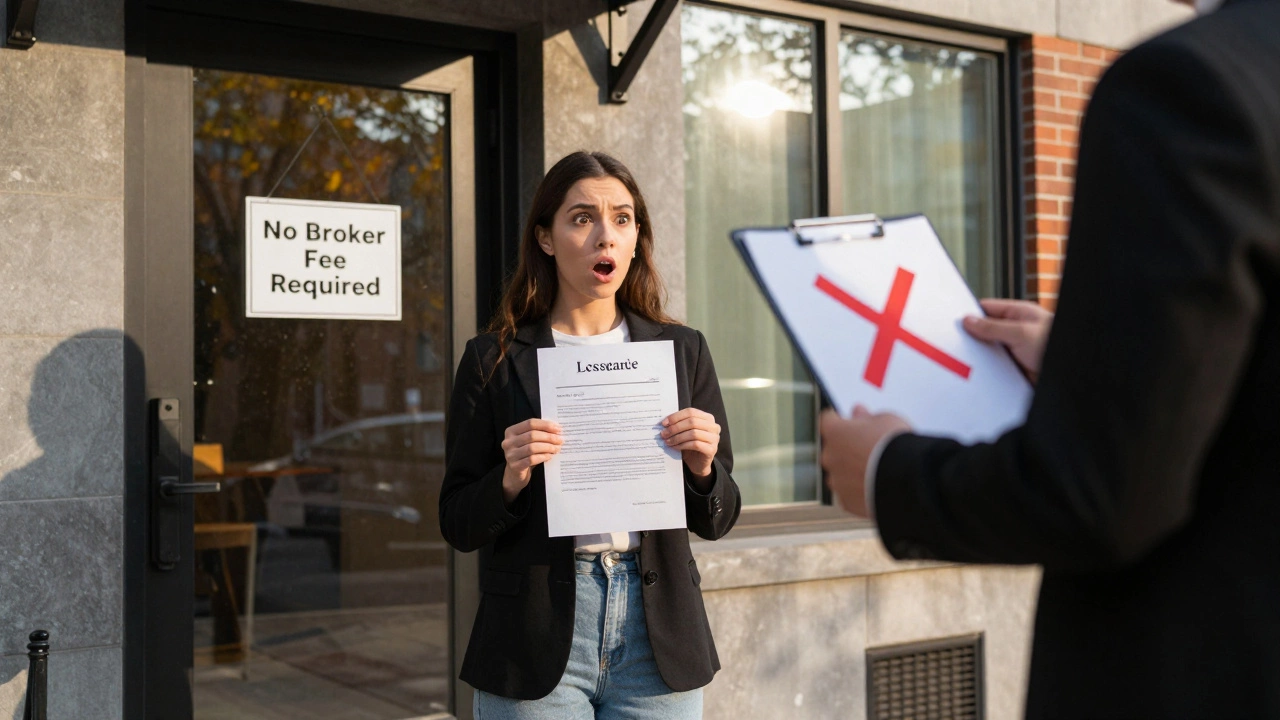You hear this pitch a lot lately: "Why keep renting when your payments could move you toward owning?" Lease to own sure sounds good on paper. If scrimping for a big down payment feels impossible or your credit score’s not quite there, this path seems like a shortcut to finally having a place you can call yours.
But here’s the twist: these deals come loaded with fine print, extra costs, and timelines you can’t ignore. People often get surprised when they realize not every rent rupee actually goes toward the house. It’s not just signing a basic rent agreement anymore—you’re making a commitment with real financial stakes.
Before you lock yourself into a lease to own, it pays to know what’s really at play. Who actually benefits? When can it backfire? What are the little traps people only spot too late, after months of thinking they were on the path to ownership?
If you’ve ever wondered whether it’s a smarter move than old-school renting or just another real estate headache, let’s get into the details and put all the facts on the table.
- How Lease to Own Actually Works
- Upfront Costs and Monthly Payments: What’s Different?
- Pros That Make Lease to Own Attractive
- Risks and Pitfalls Most Folks Miss
- Who Should Consider Lease to Own?
- Questions to Ask Before Signing
How Lease to Own Actually Works
Lease to own is pretty simple at its core: you agree to rent a house for a set period—say, two or three years—with an option to buy it later. You sign a special kind of rent agreement that spells out things like the eventual sale price, how long you have to decide, and what happens if you change your mind. The process really sits halfway between renting and full-on homeownership.
Here’s a look at the usual steps:
- You pay an upfront option fee (usually 1-5% of the home's price) for a chance to buy later. This fee is often non-refundable, but it may count toward your purchase if you go through with it.
- Each month you pay rent—sometimes a chunk of it (say, 20-25%) gets added to your future down payment. This is called "rent credit." The rest is just like regular rent: it’s gone if you walk away.
- The contract sets a purchase price. This price is usually locked in from the start, so you know exactly what you could pay three years down the road, even if prices in the area jump.
- If you decide to buy in the agreed timeframe, you can use your option fee and rent credit toward the down payment. If you don’t, you lose the option fee—and all that extra rent.
To put things in perspective, here’s a quick snapshot of how the numbers might add up. These are typical ranges from real lease to own deals in Indian metro cities:
| Item | How It Works | Typical Range |
|---|---|---|
| Option Fee | Paid Upfront | 1-5% of Home Price (₹1 lakh-₹5 lakh for ₹1 CR home) |
| Rent Credit | Applied Monthly | 20-25% of Monthly Rent |
| Agreement Term | How Long You Have to Decide | 1-3 years (sometimes up to 5) |
| Purchase Price | Locked or Pre-set | Usually Market Value At Time of Agreement |
It’s easy to see the appeal: you get a foot in the door when banks might say no, or if you haven’t saved enough yet. But remember, the lease to own process only works smoothly if both you and the landlord set clear terms up front. If anything in the paperwork sounds confusing or too harsh, it’s smart to bring in someone who knows real estate red tape. These deals can work, but you need to know the rules—or you might end up empty-handed.
Upfront Costs and Monthly Payments: What’s Different?
With lease to own, you pay more than a regular lease—right from the start. There’s usually something called an “option fee” or “option money.” This is paid upfront and gives you the exclusive right to buy the house later. It can be anywhere from 1% to even 5% of the home’s value. For a Rs 60 lakh home, we’re looking at Rs 60,000 to Rs 3 lakh just to start. The catch? Most of the time, if you decide not to buy the house, you lose this money.
Then there’s the monthly payment. It’s usually higher than plain old rent for the same kind of property. That’s because a part of what you pay can count towards your future down payment—sounds good, right? But if you end up not buying the house, or you get behind on payments, you don’t get that money back either.
Let’s break down the typical numbers you might see with a lease to own setup, compared to a normal rental:
| Agreement Type | Upfront Option Fee | Monthly Payment | Portion Credited Toward Purchase | Refunds if You Don’t Buy |
|---|---|---|---|---|
| Lease to Own | 1-5% of purchase price | Usually 10-20% higher than normal rent | Small percent of each payment goes toward price | Rarely, usually not |
| Normal Rent | Usually 1-2 months rent (security deposit) | Standard market rent | None | Security deposit, if house is left in good condition |
Some sellers also add other fees—maintenance, repairs, or extra insurance. Unlike regular renting (where the landlord fixes major stuff), lease to own agreements often push these costs onto you. So you may end up shelling out more each month than you expected.
If your finances are tight, or if you’re not 100% sure you want to buy this specific place, these upfront costs and monthly extras can be a dealbreaker. Sometimes, all these payments feel like you’re stuck in limbo: you’re not a renter anymore, but you’re not a homeowner yet either.
Pros That Make Lease to Own Attractive
When you’re short on cash for a huge down payment, lease to own can feel like a shortcut to finally stepping into home ownership. One big advantage is you get to move in now and start living in your future house while you sort out your finances or improve your credit.
This model puts you a step closer to buying without needing to qualify for a strict home loan today. If your credit score isn’t great, sellers are often much more lenient. According to data from the India Real Estate Forum, almost 47% of lease to own buyers said they chose this route because they couldn’t get a regular mortgage upfront.
- Your monthly rent often has a portion credited towards the eventual purchase price. So it feels like you’re saving up automatically.
- You usually lock in the price of the home at today’s value. If the area’s property rates shoot up, you could end up paying less than future buyers.
- Flexibility—it’s a test run. If, after a year or two, you realize the house or the neighborhood isn’t for you, you might be able to walk away with less hassle than a standard sale.
- No moving twice. This is a big deal for families. When Sanjana and I leased our current place with an option to buy, it spared us several headaches with Vidya’s schooling and routine.
Here’s a quick comparison of why lease to own can be appealing versus just renting or going for a traditional home loan:
| Aspect | Lease to Own | Traditional Rent | Regular Home Loan |
|---|---|---|---|
| Moves you towards ownership? | Yes, if you exercise your option | No | Yes |
| Credit needed upfront | Flexible | Low | Strict |
| Down payment required | Lower—just an option fee | Low security deposit | High (10-20%) |
| Monthly payments build equity? | Partially | No | Yes |
| Locked-in home price? | Yes | N/A | N/A |
If you want to dodge the stress of rising rents and the property’s a good fit, a lease to own agreement gives you some stability. Just remember, the biggest “pro” only counts if you actually end up buying. Otherwise, those extra payments don’t always come back to you.

Risks and Pitfalls Most Folks Miss
Lease to own can sound simple, but there’s a lot that can catch you off guard. For starters, most people think every bit of the rent they pay goes toward the house price. That isn’t how it usually works. Only a small percentage of each payment—often called the rent credit—actually gets counted for the purchase. Miss a single monthly payment, and that credit can vanish. There’s rarely a refund, either.
Another big trap is the non-refundable option fee. You pay upfront money, like a down payment, just to get the right to buy the home later. If life changes happen—maybe your job moves or something hits your finances—and you don’t buy the house, you lose that cash. It’s gone for good.
The legal stuff is also tricky. These contracts are full of details, and if you’re not careful, you can miss something important. Some agreements make you responsible for repairs, property taxes, and even insurance, even though you don’t fully own the place yet.
If the property owner has financial issues and the home goes into foreclosure, you could get evicted and lose every rupee you put in. Banks don’t care much about your contract if you’re not on the title yet. One housing lawyer bluntly put it:
“A lease to own agreement puts most of the risk on the tenant. If anything goes wrong, odds are high the renter is left with nothing.”
Home prices can also dip. If the house value drops below your locked-in price by the time your lease is up, you’ll either have to overpay or walk away and lose all you chipped in.
- Only a part of your rent may count toward buying.
- Option fees aren’t refunded if you don’t buy.
- You may be on the hook for repairs and extra costs.
- If the owner defaults, you could lose both home and invested money.
- Market changes can make buying less attractive.
Bottom line—read every line, double-check who’s responsible for what, and get a solid answer about what happens if things don’t go as planned. Lease to own can work out, but the risks are real and often higher than most renters realize.
Who Should Consider Lease to Own?
This option isn’t for everyone, but lease to own can actually make sense for some folks. If saving for a big down payment keeps stopping you from buying a place, this setup offers a different way forward. You pay a bit extra each month, and some of that cash gets credited toward the purchase when the time comes. It’s basically a way to ease into home ownership instead of jumping straight into the deep end.
People with shaky or improving credit often look at lease to own agreements, because it gives you some time to build your credit while you’re already living in the house you want. If you know for sure your income and job situation will be stable within the next year or two, this route reduces the risk of missing out on a property you love.
Lease to own can also work if you want to "test drive" the home and neighborhood. Maybe you’re not 100% sure about the area or the school your kid Vidya will attend. A lease to own gives you a real taste of daily life before you commit for good.
- First-time buyers struggling with down payments
- People working to improve their credit score
- Families who aren’t sure if a neighborhood is the right fit
- Anyone with a job offer in a new city who isn’t ready to buy immediately
It doesn’t work as well if you move often or aren’t totally sure about your plans. And if you’re not likely to secure a loan by the end of the lease term, you could end up losing the extra money you put in. Lease to own favors those with a clear goal to buy, a path to better credit, and the determination to follow through.
Questions to Ask Before Signing
This is where most folks slip up. The dream of a home pulls you in, but paperwork and promises hide a lot. No one likes surprises when it comes to money, so before you say yes to any lease to own deal, grill the landlord or agent with these questions. You don’t want to discover halfway in that you’ve signed up for trouble or empty promises.
- What part of my rent actually goes toward ownership? Not every payment gets counted. Sometimes it’s just a sliver each month. Get this in writing, with the exact amount or percentage.
- How long do I have to buy the house? Most agreements last 1-3 years. If you can’t get a loan or save enough for the final buy by the end, you might lose your chance (and the extra payments, too).
- Is there an upfront fee? Most deals ask for an “option fee” (think of it as a deposit)—it usually runs between 2% and 5% of the home value. Ask if this is refundable if you walk away, which it usually isn’t.
- Can the purchase price go up before I buy? Some agreements lock in a price at the start, while others adjust it based on the market. This changes your risk and your budget.
- Who handles repairs and upkeep? In regular rentals, owners usually fix things. Lease to own often flips that. Make sure you know which repairs are on you—it can add up faster than you think.
- What happens if I miss a payment? Missed payments hurt. Will you lose your extra contributions? Will the deal get cancelled? Read the penalty terms closely.
- Is there a clear exit plan? Life happens—can you walk away if needed, and what do you lose? Get a copy of the exit clauses and penalties before signing.
- Does the landlord actually own the place? You’d be shocked how many folks sign before checking this. Ask for proof of ownership. If the real owner isn’t involved, run.
Just to make it even clearer, here’s a quick table you can compare as you go through your contract:
| Key Point | Lease to Own Typical Terms |
|---|---|
| Option Fee | 2% – 5% of property price; usually non-refundable |
| Rent Applied Toward Purchase | 10% – 25% of rent; varies by agreement |
| Standard Contract Period | 1 – 3 years |
| Who Handles Repairs | Often the tenant (buyer-in-waiting) |
| Purchase Price | Locked or variable; needs to be stated upfront |
| What If You Can't Buy? | Lose option fee and extra payments |
Don’t rush. Read every clause, and if anything looks sketchy, get a property lawyer or trusted real estate buddy to look it over. In my case, when Sanjana and I looked at a lease to own a few years back, I nearly missed a clause where we’d have been on the hook for major roof repairs. That would’ve been a nightmare with Vidya just starting school. Lesson learned: it’s always better to ask now than regret later.
